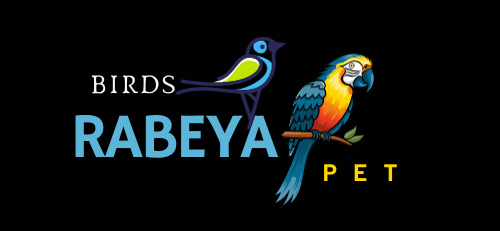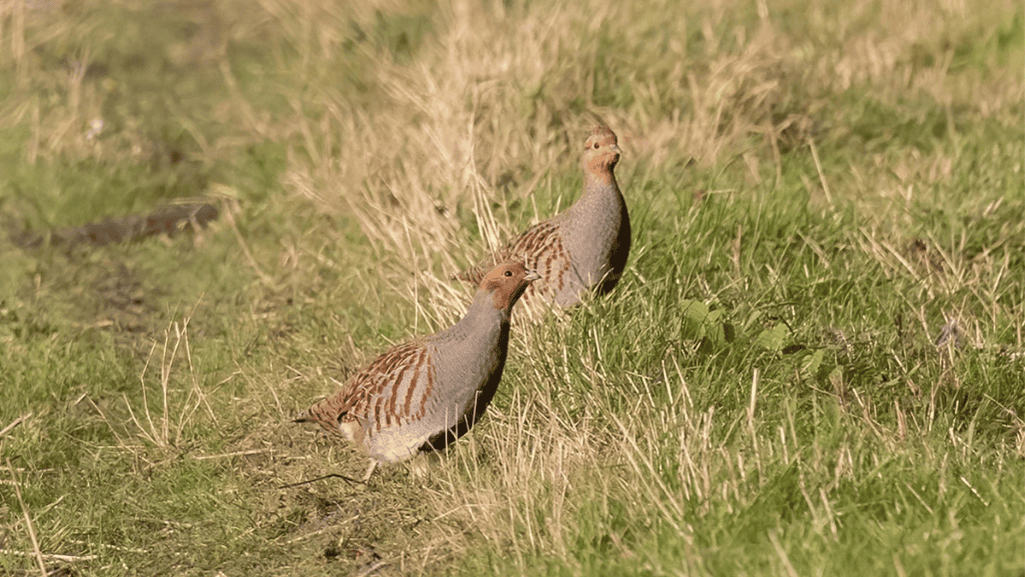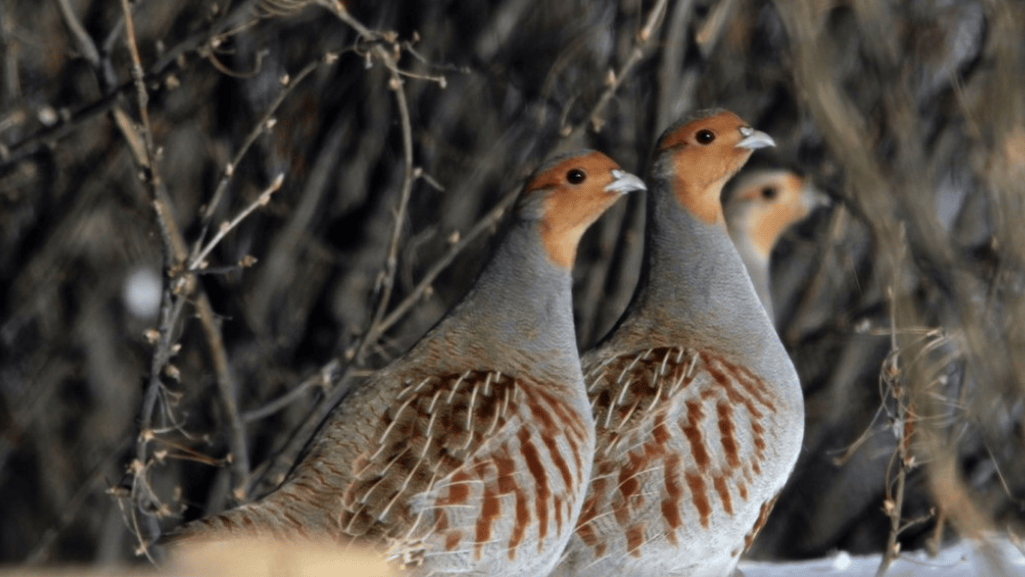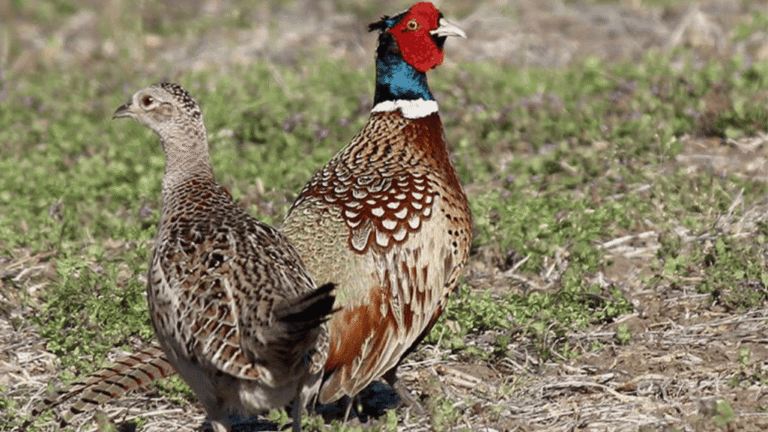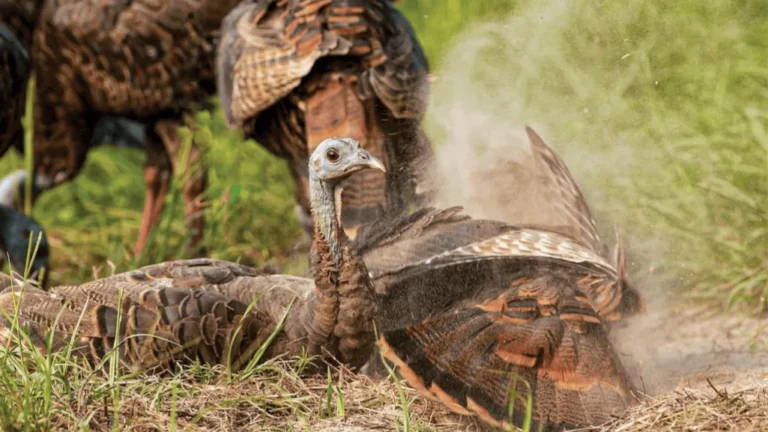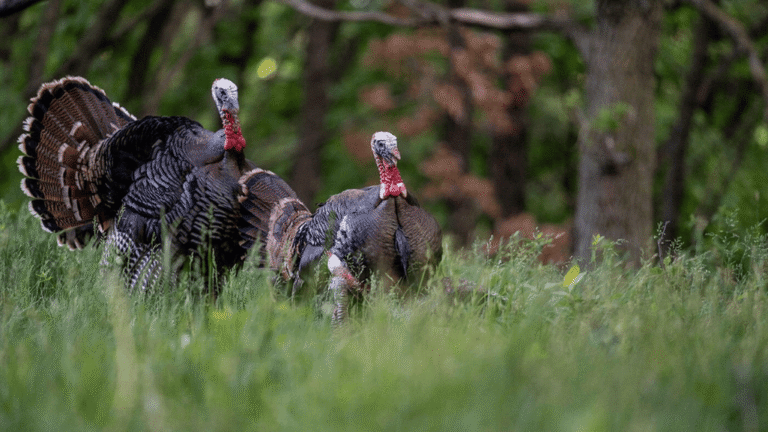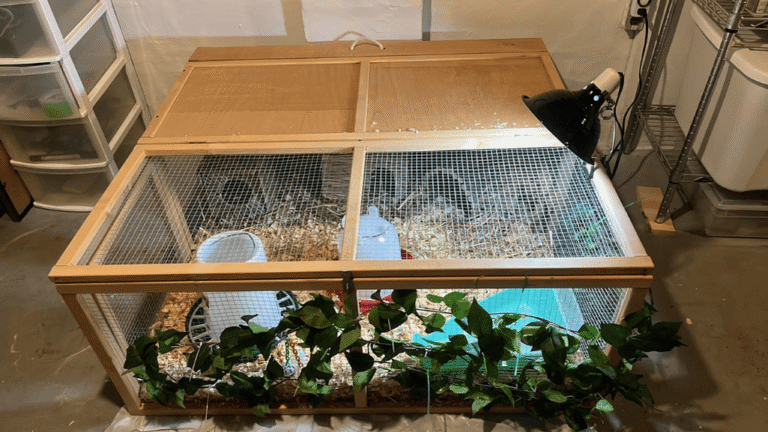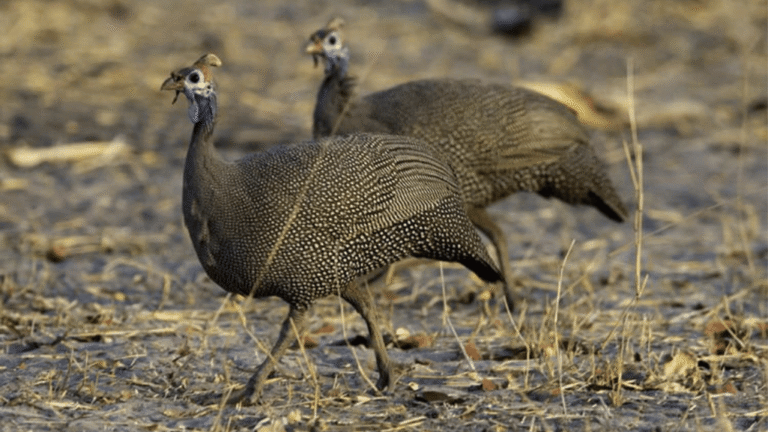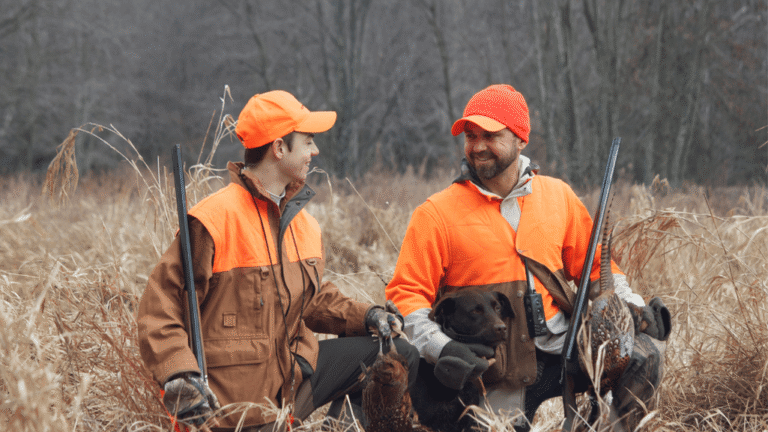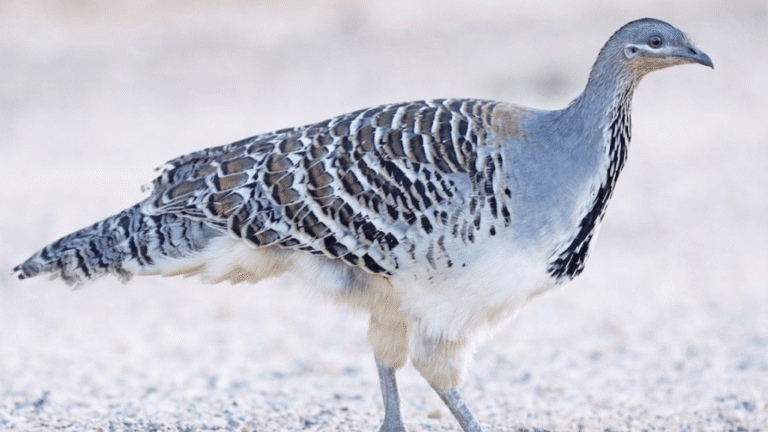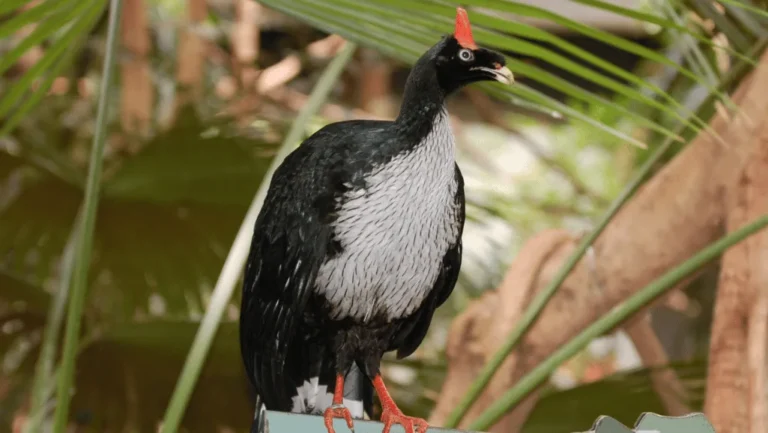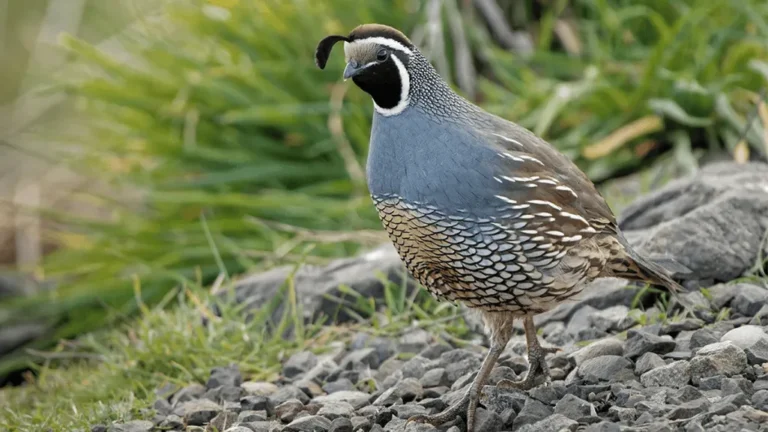Gray Partridge (Perdix perdix) — introduced from Europe in the early 1900s, this adaptable game partridge now occurs widely across many agricultural areas. Although North American numbers are believed to be lower than in the 1950s, the gray partridge remains relatively abundant and continues to draw interest from birdwatchers, hunters, and conservationists alike.
Key Takeaways:
The gray partridge (Perdix perdix) is an introduced game partridge now established across many North America agricultural areas.
Introduced from Europe in the early 1900s, it has become widespread in suitable fields and grassland habitats.
Regional numbers are generally thought to be lower than in the 1950s, though overall populations remain relatively abundant in many areas (see conservation section for details).
Recognizable by its distinctive plumage and behavior, the partridge is both a favorite of upland birdwatchers and a game species for hunters where seasons are regulated.
Conservation measures—habitat retention, hedgerow protection, and reduced pesticide use—help sustain partridges and the farmland biodiversity they support; see below for practical actions.
Physical Characteristics of the Gray Partridge
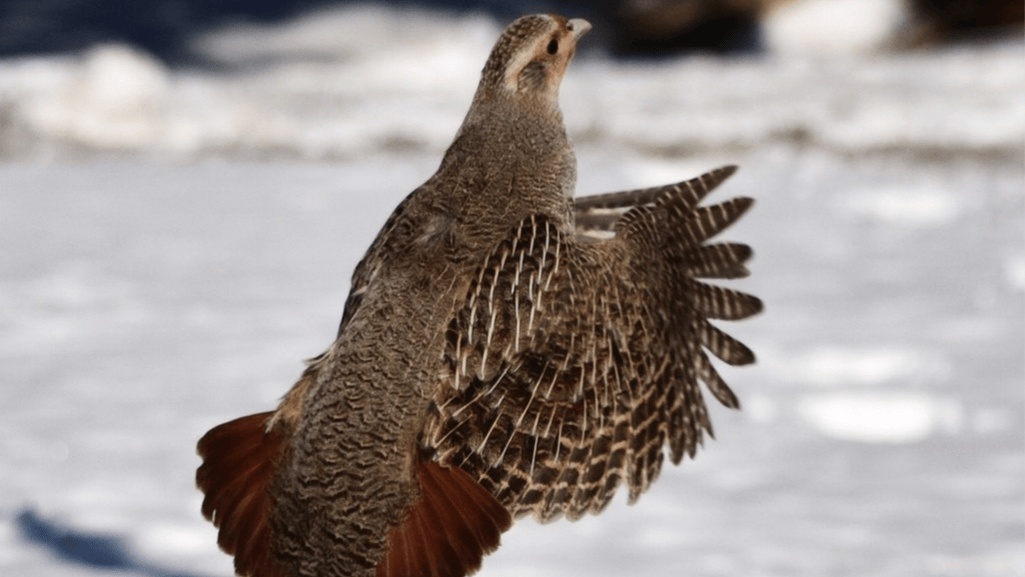 The gray partridge (Perdix perdix), sometimes called the Hungarian partridge, is a stocky upland bird with several easy-to-spot field marks.
The gray partridge (Perdix perdix), sometimes called the Hungarian partridge, is a stocky upland bird with several easy-to-spot field marks.
Identification: Adults show a rust-colored face with fine streaking on the flanks and a distinctive dark belly patch; males often display slightly bolder markings than females. Overall shape is compact and rounded, well-suited to life on the ground in fields and grass margins.
Size and lifespan: While sizes vary regionally, gray partridges are relatively small game birds compared with many upland species. Adult survival is modest — the average lifespan for wild birds is reported at about 1.8 years — which helps explain their high reproductive output.
Reproduction: Females lay large clutches, typically 10 to 22 eggs, helping maintain populations despite short average lifespans. Eggs are laid in a ground scrape (see nesting section), and high clutch sizes are a key life-history trait for this species.
Human interactions: The species is widely recognized by birdwatchers and is a regulated game species in places where hunting occurs; consult local season rules for specifics.
Habitat and Diet of the Gray Partridge
The gray partridge is a versatile upland bird that uses a mix of agricultural and semi-natural habitats. It is most common in open fields, grass margins, stubble, and areas with hedgerows or field margins that provide both food and cover. These habitat elements—field edges, fallow strips, and hedgerows—are especially important for nesting, shelter, and brood rearing.
Diet: Gray partridges feed mainly on seeds and green plant material. Preferred seeds include those of common crops and weeds such as wheat, barley, oats, corn, sunflower, foxtail, ragweed, and Russian thistle. Insects are an important supplemental food, especially for chicks during the nesting season when protein is critical for growth.
Seasonal behavior: In winter, heavy snow cover can limit access to preferred seeds in fields, so partridges may move short distances into adjacent cover or wooded edges to find food. Retaining crop stubble, hedgerows, and fallow margins helps provide winter food and cover and reduces the need for long-range movements.
Preferred Seeds Preferred Greens / Weeds
wheat foxtail
barley ragweed
oats Russian thistle
corn –
sunflower –
Conservation note: Because gray partridges depend on a patchwork of fields, fallow areas, and hedgerows, agricultural practices that remove margins or increase pesticide use reduce available seeds, insects, and cover. Promoting wildlife-friendly farming—leaving stubble, planting hedgerow buffers, and maintaining weedy seed strips—supports partridges and broader farmland biodiversity.
Nesting and Behavior of the Gray Partridge
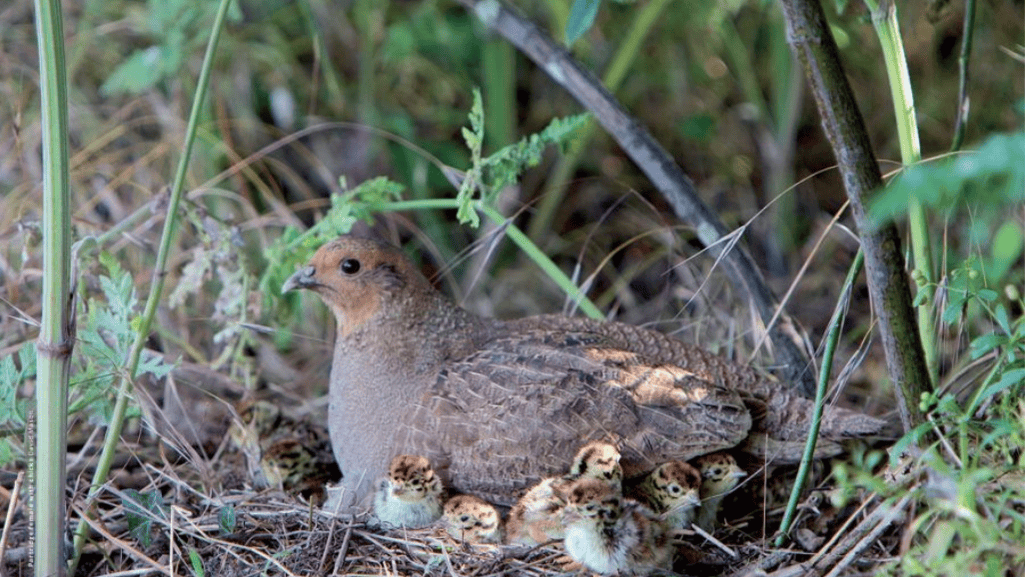 Gray partridges (Perdix perdix) nest on the ground, favoring shallow scrapes in fields, along hedgerows, or at roadside margins. The female lines the scrape with grasses or crop stalks to cushion and conceal the clutch.
Gray partridges (Perdix perdix) nest on the ground, favoring shallow scrapes in fields, along hedgerows, or at roadside margins. The female lines the scrape with grasses or crop stalks to cushion and conceal the clutch.
Reproduction and development: Females lay large clutches—typically 10 to 22 eggs. Incubation lasts about 21 to 26 days, with the female doing most of the sitting. Chicks are precocial: they hatch covered in down and are capable of leaving the nest within hours to follow the parent and feed, though they continue to rely on adults for guidance and predator avoidance.
Social behavior: Outside the breeding season, gray partridges commonly form coveys—small social groups that travel, feed, and rest together. Coveys help reduce individual predation risk and coordinate movements across fields and margins.
Daily routine and refuge: Foraging mainly occurs during dawn and dusk when seeds, greens, and remaining insects are most accessible. During the day, partridges seek open cover such as crop stubble, grass margins, or dense hedgerows for shelter and camouflage.
Management tips: To protect nesting success, leave field margins and stubble intact through the nesting season where possible, minimize late-spring machinery disturbance, and retain hedgerow cover. These practices support nesting, brood survival, and healthy covey behavior.
Nesting and Behavior Summary:
– Nesting: ground scrapes in fields, hedgerows, roadsides.
– Clutch size: 10–22 eggs; incubation ~21–26 days.
– Chicks: precocial, leave nest within hours but remain with adults.
– Social: form coveys; forage at dawn/dusk; rest in stubble and cover during the day.
Conservation Status of the Gray Partridge
The gray partridge (Perdix perdix) remains widespread in parts of its introduced range, but regional trends vary and several areas—particularly in North America—have seen declines or local losses. Monitoring and targeted conservation actions help safeguard populations across agricultural landscapes.
Global breeding population
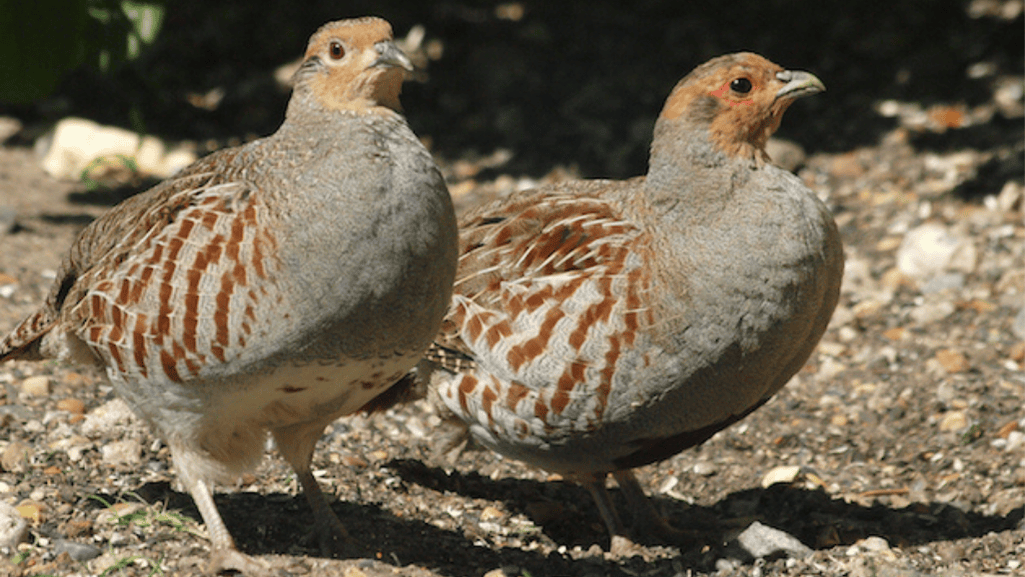 The global breeding population of gray partridges is estimated at around 13 million (source placeholder). This overall figure suggests the species is not currently at immediate risk of extinction, but local trends and long-term declines warrant continued attention and management.
The global breeding population of gray partridges is estimated at around 13 million (source placeholder). This overall figure suggests the species is not currently at immediate risk of extinction, but local trends and long-term declines warrant continued attention and management.
Regional population declines
Some U.S. states have experienced severe declines and local extirpations (for example, historical losses have been reported from areas of Indiana, Michigan, and Ohio). Causes are typically multifactorial and include habitat loss, changes in farming practices, predation, and severe weather events.
Primary threats
– Predation: Gray partridges are prey for a range of predators (skunks, raccoons, foxes, owls and hawks, and some domestic animals). Increased predator pressure can reduce survival, especially for nests and chicks.
– Agricultural intensification: Removal of hedgerows and field margins, conversion to large monocultures, and widespread pesticide use reduce available seeds, insect prey, and protective cover, undermining breeding success.
– Severe weather and climate: Harsh winters with deep snow limit access to seeds in fields and can raise juvenile mortality; longer-term climate shifts may alter suitable habitat and seasonal food availability.
Factors affecting recovery
Loss of hedgerows and field-edge cover reduces nesting and brood-rearing habitat. Reduced insect abundance from pesticide use limits protein for chicks during the nesting season. Mechanized spring cultivation and late mowing can destroy nests or cause brood disturbance.
Conservation actions and practical recommendations
– Protect and restore hedgerows, fallow margins, and field-edge strips to supply cover and seed resources.
– Leave winter stubble and small seed-bearing patches to provide food through the lean season.
– Reduce pesticide use where feasible and maintain insect-rich habitat for chick development during the nesting season.
– Encourage seasonal management practices (delay spring cultivation or mowing in known nesting areas) to reduce nest loss.
– Work with local conservation groups, landowners, and wildlife agencies to create incentive programs and habitat-set-asides that benefit partridges and wider farmland biodiversity.
Key points:
– Global breeding population ~13 million (see source placeholder); local declines occur in parts of North America.
– Main threats: predation, severe weather, and agricultural intensification.
– Practical measures—hedgerow restoration, stubble retention, pesticide reduction, and timing management—can help sustain gray partridge populations and the species-rich farmland they support.
Conclusion
The gray partridge (Perdix perdix) is an adaptable upland bird that thrives in a mix of natural and agricultural habitats but faces ongoing challenges from habitat loss, climate change, predation, and intensive farming practices.
Keeping gray partridge populations healthy requires proactive conservation: protect and restore hedgerows and field margins, retain winter stubble and seed-bearing patches, reduce pesticide use where feasible, and time mechanical operations to avoid the nesting season. These actions benefit partridges and the broader suite of farmland birds and wildlife.
If you manage land, hunt, or birdwatch in agricultural areas, consider partnering with local conservation groups or wildlife agencies to adopt habitat-friendly practices and incentive programs that support both productivity and biodiversity.
Frequently Asked Questions
What is the scientific name of the gray partridge?
Perdix perdix.
Is the gray partridge native to North America?
No — the species was introduced from Europe in the early 1900s and has since become established in many areas.
Where can the gray partridge be found?
Commonly in agricultural fields, grass margins, stubble, and areas with hedgerows or field-edge cover.
What do gray partridges eat?
They feed mainly on seeds and greens (wheat, barley, oats, corn, sunflower and various weeds) and rely on insects, especially for growing chicks during the nesting season.
How do gray partridges nest?
They nest on the ground in shallow scrapes, usually in fields or along hedgerows and roadside margins.
What is the global breeding population estimated to be?
About 13 million (figure cited in the literature; see conservation section for a source placeholder).
What are the main threats to gray partridge populations?
Primary threats include habitat loss from agricultural intensification, increased predation, severe winter weather, and reduced insect and seed availability due to pesticide use and removed field margins.
What can be done to protect the gray partridge?
Adopt wildlife-friendly farming practices (hedgerow restoration, stubble retention, delayed mowing), reduce pesticide reliance where possible, and support local habitat-set-aside programs to sustain partridge populations and farmland biodiversity.

